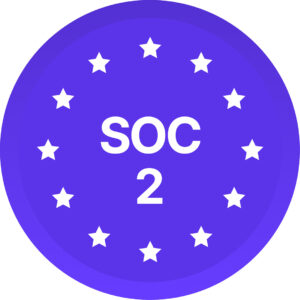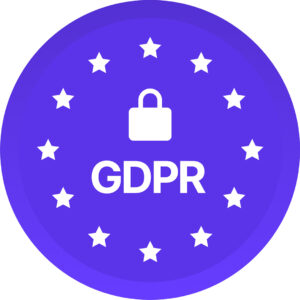In recent years, diversity and inclusion (D&I) have become increasingly important topics in the workplace. D&I refers to the presence of differences within a group or organization, such as differences in gender, race, ethnicity, religion, sexual orientation, and other characteristics. Inclusion, on the other hand, refers to the extent to which individuals feel valued, respected, and included in the organization, regardless of their differences.
Research has shown that diversity and inclusion can have a significant impact on an organization’s performance. Companies that are ethnically and gender-diverse tend to have above-average profitability, and diverse teams can deliver higher innovation revenues (McKinsey and Company, 2015). Furthermore, organizations that foster a culture of inclusion tend to have higher employee satisfaction and retention rates.
Despite the importance of D&I, many companies fail to measure their progress towards achieving D&I goals. Without proper measurement tools, it can be challenging to track progress and identify areas that need improvement. This can indicate indifference towards D&I issues, and may result in a lack of progress in achieving D&I goals.
To effectively measure D&I, it is important to understand that there are two distinct elements: diversity and inclusion. Diversity is a quantitative measure that looks at an organization’s workplace and personal demographics. In contrast, inclusion is a qualitative survey of employees’ feelings and perceptions concerning their workplace (Romansky et al., 2021).
To measure diversity, organizations can collect data on various demographic characteristics, such as gender, race, ethnicity, age, and sexual orientation. This data can be used to identify areas where the organization may lack diversity, and to develop strategies for increasing diversity.
To measure inclusion, organizations can use surveys or other tools to gather data on employees’ feelings and perceptions concerning their workplace. This data can help organizations identify areas where employees may not feel included or valued, and can be used to develop strategies for fostering a culture of inclusion.
Measuring diversity and inclusion is crucial for several reasons. Firstly, it can guide updated recruitment policies to attract diverse talent, which can enhance innovation and creativity within the organization. Secondly, it can help in policy development and strategic planning, allowing organizations to make data-informed decisions that support D&I goals. Thirdly, it can help organizations identify and address areas where employees may not feel valued, respected, or included, which can enhance employee satisfaction and retention rates.
Fortunately, there are many resources available to support organizations in their D&I measurement and assessment needs. Diversio, for example, offers various services to support organizations in measuring and assessing their D&I progress. By working with experienced consultants, organizations can ensure that they are using the most effective measurement tools and strategies for achieving their D&I goals.
In conclusion, diversity and inclusion are crucial elements in the workplace, and measuring progress towards D&I goals is essential for supporting organizational growth and success. By understanding the distinct elements of diversity and inclusion and using effective measurement tools, organizations can develop strategies for fostering a culture of inclusion that supports employee satisfaction, retention, and innovation.
References:
McKinsey and Company. (2015). Diversity wins: How inclusion matters.
Romansky, L., Garrod, M., Brown, K. and Deo, K. (2021). How to Measure Inclusion in the Workplace. Harvard Business Review.
Williams, J. C., & Dolkas, J. (2022). Data-driven diversity. Harvard Business Review, 100(1), 102-111.
This blog was originally published by Diversio EDU (formerly CCDI Consulting) in January 2023.
Our newsletter and blogs feature personal opinions and diverse viewpoints. We aim to create a safe space for our team to share their perspectives on diversity and inclusion. Please note that individual articles may not align with every reader’s view or comprehensively cover a topic. We appreciate the diversity of opinions and respect our team’s contributions.

